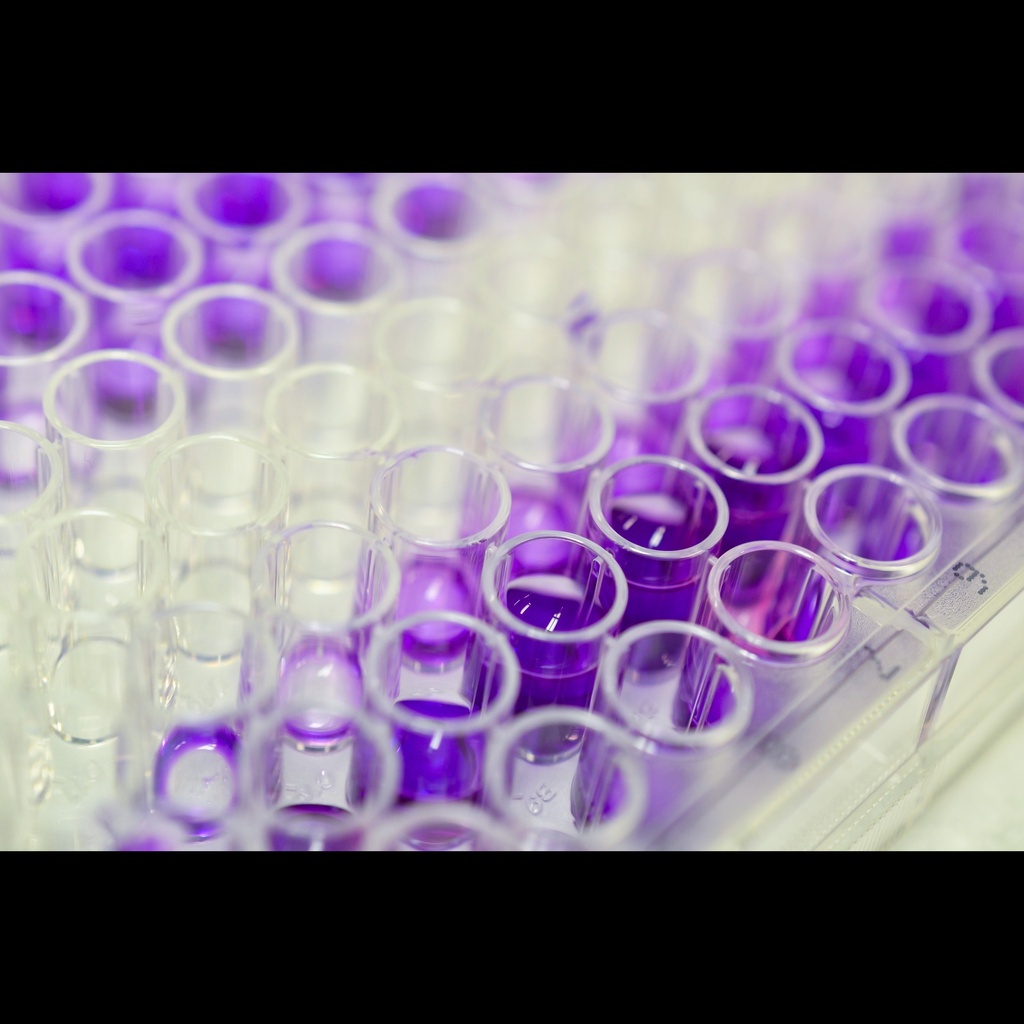APA elisa kit :: Human APA ELISA Kit, 96 test
Human APA ELISA Kit: Overview
Introduction
The Human APA (Activated Protein C Antigen) ELISA Kit is a highly sensitive and specific assay designed for the quantitative measurement of Activated Protein C (APC) levels in human serum, plasma, and other biological fluids. APC plays a critical role in regulating blood coagulation by inactivating factors Va and VIIIa, thus preventing excessive clot formation. The precise measurement of APC is essential in understanding various clotting disorders and thrombotic conditions, including sepsis, deep vein thrombosis, and disseminated intravascular coagulation (DIC).
Principle of the Assay
This ELISA (Enzyme-Linked Immunosorbent Assay) works on the principle of antigen-antibody interaction, utilizing specific antibodies that bind to human APC in the sample. The test is conducted on a 96-well microplate, which is precoated with an anti-APC antibody. When the sample is added to the wells, the APC present in the sample binds to the antibody. After a washing step to remove unbound components, a secondary enzyme-conjugated antibody specific to human APC is added. A substrate solution is then introduced, which reacts with the enzyme to produce a detectable color change. The intensity of this color is directly proportional to the amount of APC in the sample.
Key Features
- High Sensitivity and Specificity: The kit is optimized to detect even low levels of human APC in complex biological samples, ensuring reliable results in various clinical and research settings.
- Quantitative Measurement: This ELISA kit provides quantitative results that allow for the precise measurement of APC concentrations, typically expressed in ng/mL or ng/L.
- Fast and Simple Protocol: The assay can be completed in a relatively short time, typically within 2–3 hours, making it ideal for high-throughput analysis.
Components of the Kit
- Pre-coated Microplate: The 96-well microplate is coated with antibodies specific to human APC. It facilitates the binding of APC present in the sample.
- Standards and Controls: A set of standard solutions with known concentrations of APC are included for creating a standard curve. Control samples are also provided to ensure assay performance.
- Detection Antibody: The secondary antibody, conjugated to an enzyme (such as HRP), binds specifically to the APC-antibody complex, enabling detection.
- Substrate Solution: The substrate reacts with the enzyme conjugate to produce a colorimetric signal.
- Wash Buffer: Used to wash away unbound substances, ensuring specificity and reducing background noise.
Applications
- Clinical Diagnosis: This kit is useful for diagnosing and monitoring diseases related to coagulation, such as DIC, thrombotic disorders, and sepsis.
- Research: It is commonly used in research settings to investigate coagulation mechanisms, study anticoagulant therapies, or evaluate the role of APC in various diseases.
- Drug Development: Pharmaceutical companies use this assay in the development and validation of drugs targeting the coagulation cascade.
Performance Characteristics
- Sensitivity: The kit is designed to detect APC concentrations as low as 0.1 ng/mL, making it suitable for clinical diagnostics.
- Range: The assay typically has a working range between 0.1 ng/mL to 10 ng/mL, providing flexibility for both normal and pathological samples.
- Precision: The intra-assay and inter-assay variations are typically low, ensuring reliable and reproducible results across different runs and operators.
- Cross-reactivity: The kit is highly specific to human APC, minimizing cross-reactivity with other proteins or similar molecules.
Conclusion
The Human APA ELISA Kit is a robust and reliable tool for measuring APC levels in biological samples. Its high sensitivity, specificity, and ease of use make it invaluable in clinical diagnostics, research, and therapeutic monitoring. Understanding APC dynamics can provide crucial insights into coagulation disorders and help in the development of more targeted treatments for thrombotic and bleeding conditions.

